Samurai with Matchlock
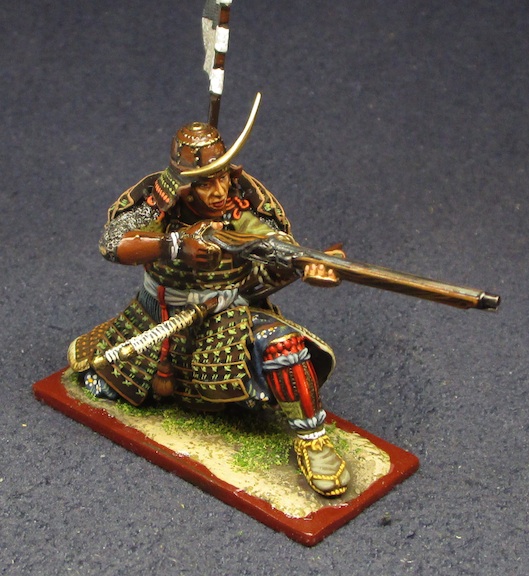

The long sword usually known as the katana was considered to be the soul of the samurai. Serving as the hereditary retainers of their feudal master, the daimyo, these warriors were some of the most fearsome swordsmen found in the medieval world.
The most powerful feudal lords in medieval Japan from the 10th through 19th centuries wee called 'daimyos." The term daimyo literally means "great name" and refers to the ruler of a clan, family or territory. In the Edo period in the 1600s, the daimyo's power was measured in the amount of rice the ruler's territory produced per year as well as how close the daimyo was to the ruling Tokugawa family. To control these powerful lords, each with their own armies of samurai and ashigaru, the Shogun Tokugawa Ieyasu required that each daimyo spend every other year at the Tokugawa court in Edo.
Additionally there were substantial limitations placed on the daimyos governing their authority to build castles and ships, and they were required to make considerable contributions to the public works projects of the Shogunate.
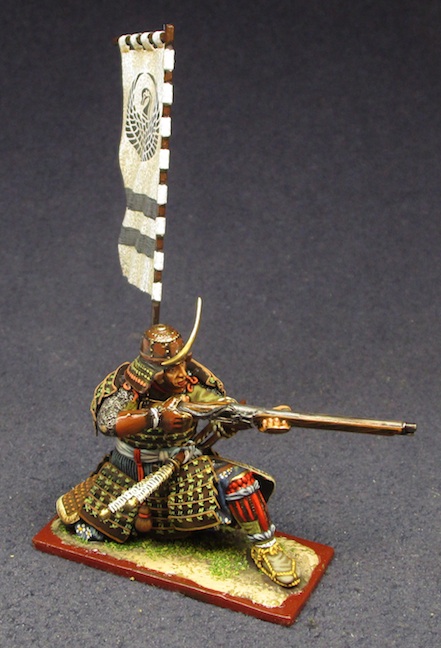
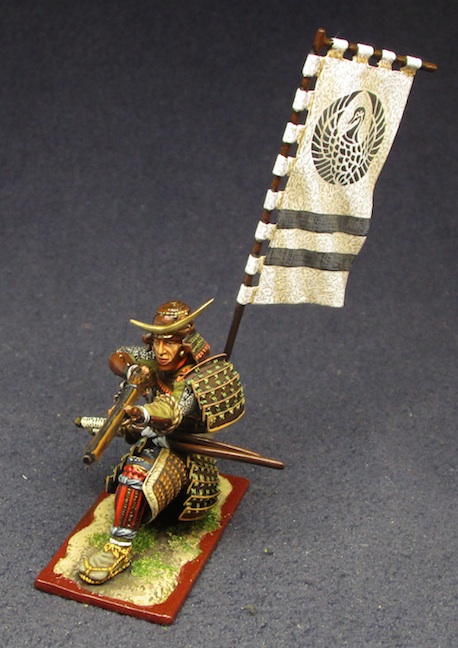
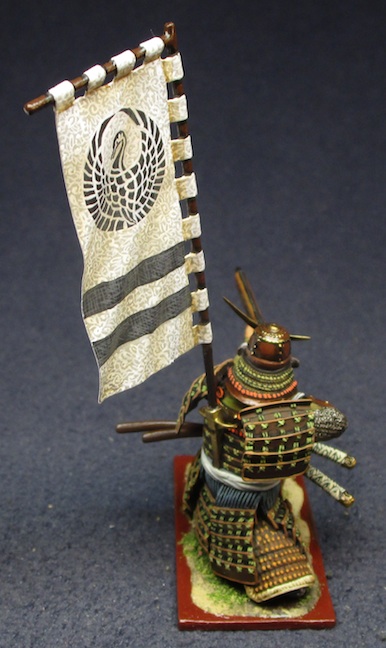
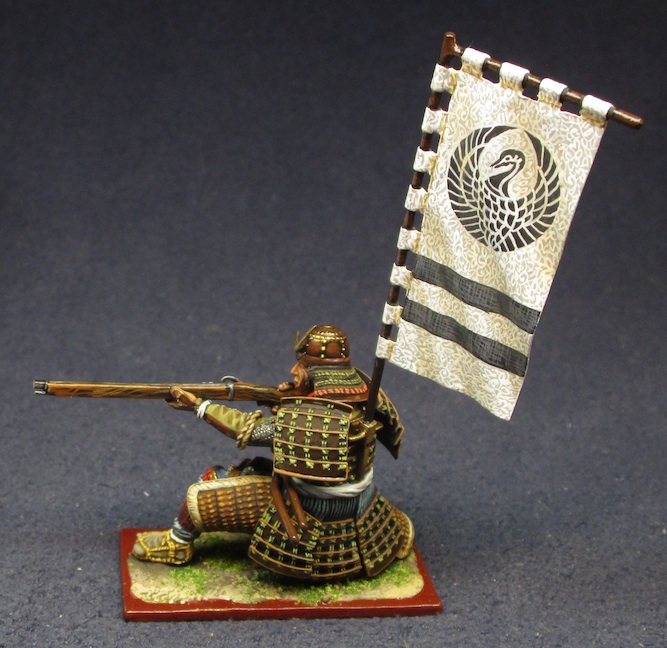
 Up
Up